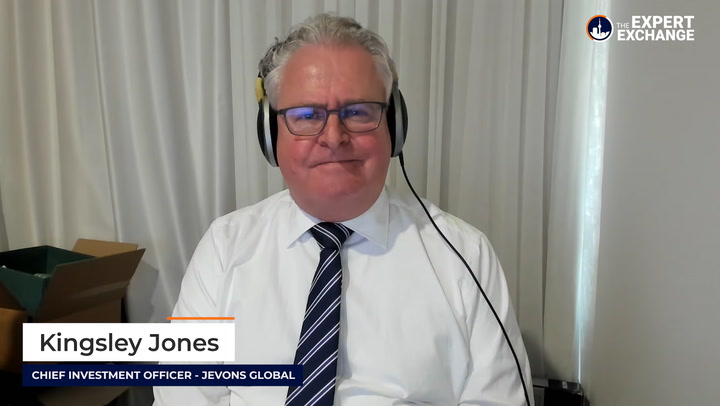- U.S. President Joe Biden has made a bold pledge to reduce the States’ greenhouse gas emissions by half compared to 2005 levels by the end of 2030
- He made the pledge in his opening remarks at this week’s virtual Climate Summit, committing to a stronger focus on critical infrastructure
- President Biden said the U.S. government will focus on deploying clean technology across farms, engineering projects, power grids and more
- According to the president, this will put the U.S. on track for a net-zero emissions economy by 2050
- Australia’s Prime Minister, Scott Morrison, made no new pledges in his own address, by reaffirmed the nation’s progress towards its current targets
- Achieving these goals would see Australian emissions per capita slashed by almost half and emissions per unit of GDP by 70 per cent by 2030, compared to 2005 levels
- As it stands, China still accounts for 28 per cent of global commissions, the U.S. just under 15 per cent, and Australia around one per cent
- As such, President Biden said no nation can bring about a meaningful reduction in carbon emissions by itself; major economies need to work together
U.S. President Joe Biden has made a bold pledge to reduce the States’ greenhouse gas emissions by half compared to 2005 levels by the end of 2030.
The pledge came in the president’s opening remarks at this week’s virtual Climate Summit. He said the U.S. government will place a stronger focus on critical infrastructure to produce and deploy clean technology in the coming years.
From engineering work to cleaner farms to new transmission lines for lower-emission power grids, President Biden said his administration plans to set America on a path of a net-zero emissions economy by no later than 2050.
As part of this, he committed to halving emissions by the end of the current decade compared to 2005 levels.
However, he emphasises that America represents less than 15 per cent of the world’s total carbon emissions, and the president subsequently called on leaders of the world’s largest economies to “step up”.
“No nation can solve this crisis on our own, as I know you all fully understand,” President Biden said.
“So let’s run that race; win more — win a more sustainable future than we have now; overcome the existential crisis of our times.”
He said keeping the world from heating up more than 1.5 degrees Celsius is a “moral imperative”.
“You know, the world beyond 1.5 degrees means more frequent and intense fires, floods, droughts, heatwaves, and hurricanes tearing through communities, ripping away lives and livelihoods, increasingly dire impacts to our public health,” he said.
“This is a moral imperative, an economic imperative, a moment of peril but also a moment of extraordinary possibilities. “
Australia resists pressure for fresh pledge
Australian Prime Minister Scott Morrison made no new climate pledge in his address at the summit, but rather reaffirmed the nation’s progress towards its current targets.
“We are well on the way to meet and beat our Paris commitments and will update our Long Term Emissions Reduction Strategy for Glasgow,” the Prime Minister said.
Achieving these goals would see Australian carbon emissions per capita slashed by almost half and emissions per unit of GDP by 70 per cent by 2030, compared to 2005 levels.
Prime Minister Morrison said Australia has already reduced its emissions by 19 per cent on 2005 levels which is “more than most other similar economies”. When excluding exports, Australia’s carbon emissions have fallen by 36 per cent on 2005 levels.
“We are deploying renewable energy ten times faster than the global average per person. We have the highest uptake of rooftop solar in the world,” he said.
“Australia is on the pathway to net zero.”
Through Australia’s Technology Investment Roadmap initiative, the government is in testing around $20 billion in tech to bring down the costs of clean hydrogen, green steel and energy storage, which in turn is expected to leverage more than $80 billion in investment over the next decade.
Emissions by the numbers
According to the Union of Concerned Scientists, U.S.A (UCSUSA), China still by and large emits the most greenhouse gases, accounting for 28 per cent of global carbon emissions.
The U.S. emits just under 15 per cent, India roughly 7 per cent, and Australia emits around one per cent of the world’s greenhouse gases.
To put this into perspective, Australia emitted around 555 million tonnes of carbon dioxide equivalent (Co2e) in 2019, according to Climate Action Tracker. China’s emissions over this period were around 13.5 billion tonnes of Co2e and the U.S.’ around 6.5 billion.
This supports President Biden’s assertion that no single country can bring about a meaningful reduction in carbon emissions by itself.
Even if Australia, for example, was 100-per-cent carbon neutral tomorrow, China alone would emit the equivalent of Australia’s annual output in less than three weeks.
As such and as President Biden said, all major economies need to work together.








